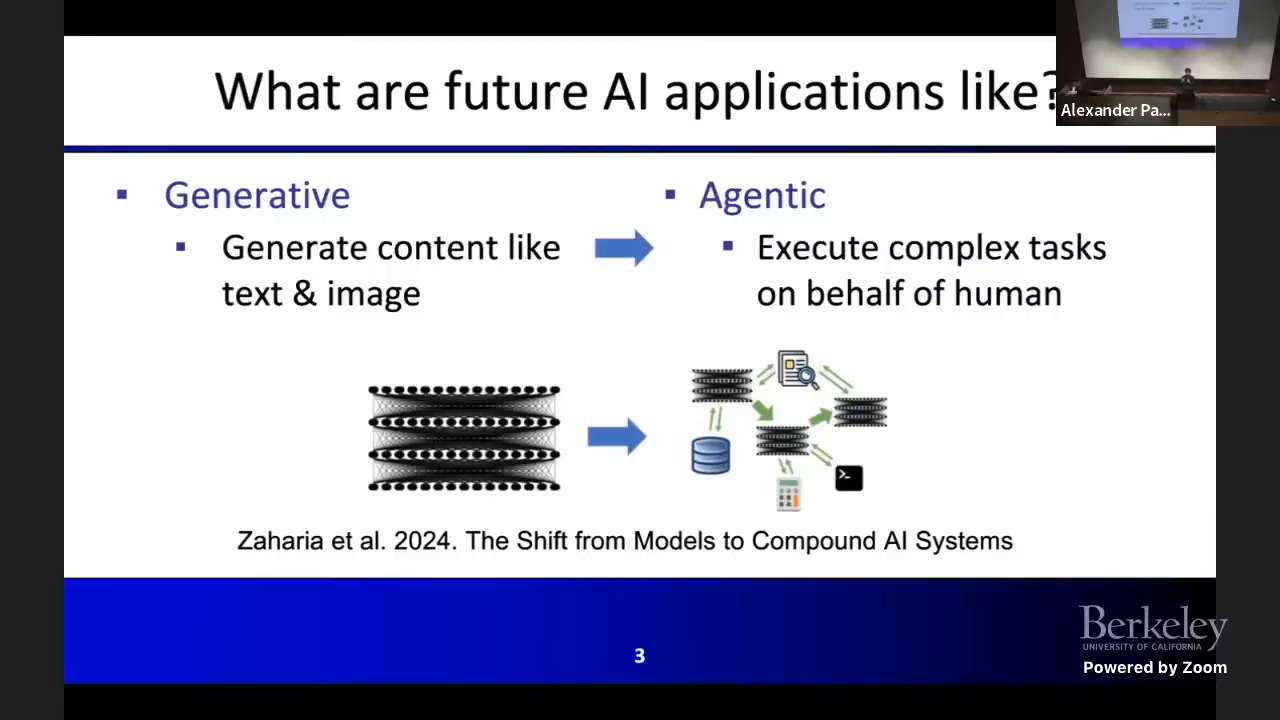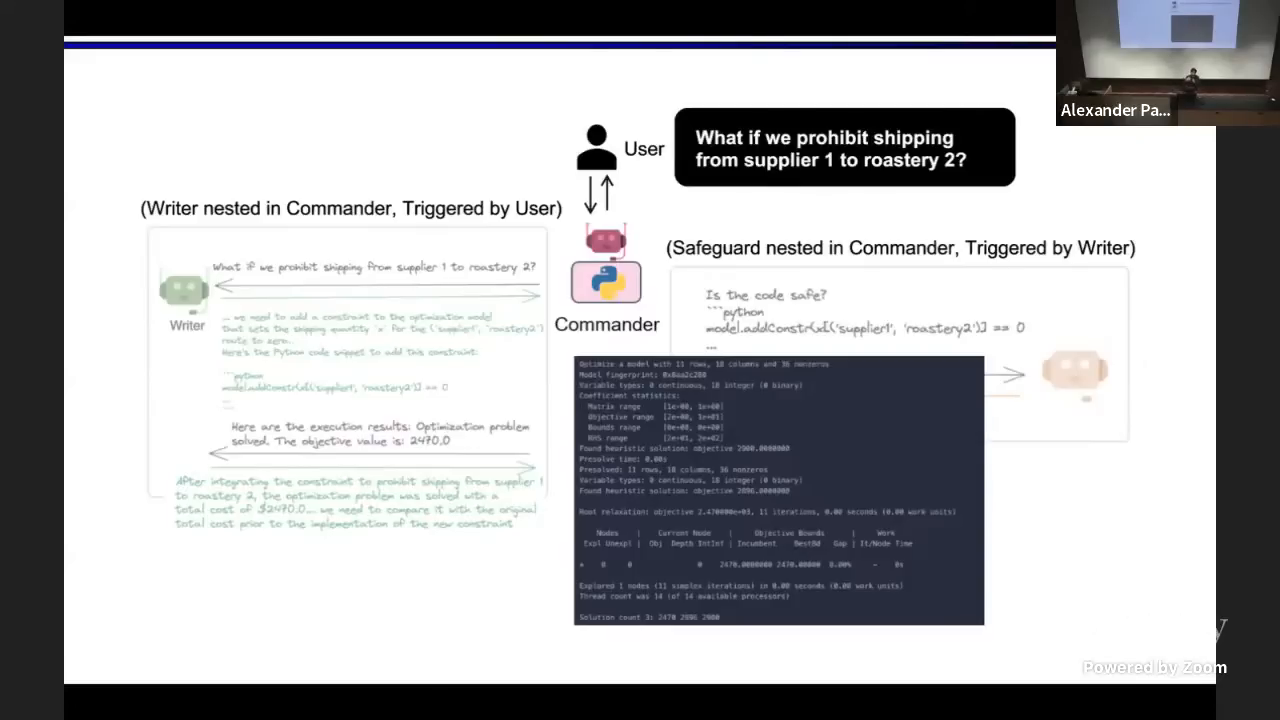Exploring agentic AI: from frameworks to real-world implementations
Agentic AI represents a paradigm shift in artificial intelligence, where multiple agents collaborate, automate, and reason to execute complex tasks beyond human capabilities. This concept is becoming one of the cornerstones of transformative AI applications across domains. Let’s explore the major insights derived from the transcript, dissecting how frameworks like AutoGen and multimodal retrieval-assisted generation (RAG) pipelines are changing the game for developers and companies leveraging AI.

An agent-based architecture in progress
The rise of agentic AI: a new frontier in application design
Agentic AI envisions a future where AI-driven agents are empowered to deliver higher levels of automation and complexity management. This paradigm seeks to optimize interactions between humans and technology, offering minimal human intervention while executing multi-step, intricate tasks. Critically, agentic AI is not confined to simple human-facing tools like chatbots or single-instance decision-makers but pivots toward multi-agent collaboration to solve advanced problems such as scientific discoveries, autonomous actions (e.g., browsing, data processing), or modular software development.
The advantages of agentic AI include:
- Flexible, natural interaction: AI can intelligently comprehend and execute tasks described in natural language.
- High autonomy for task execution: Agents achieve tasks needing minimal supervision.
- Novel software design: Modular architectures enable long-term scalability through collaborating micro-agents.
For instance, new agentic systems are capable of building entire software systems or executing automated science workflows. Early demonstrations highlight agents automating completely new forms of creativity, breaking open avenues for art, science, and coding-generation assistance.
Why frameworks matter: dissecting AutoGen
AutoGen is one of the leading tools helping convert agent concepts and workflows into real production-ready applications. It integrates multi-agent coordination principles, combining modularity with recurring patterns like hierarchical setups and reflective loops. Initially built for automating machine-learning workflows, AutoGen has now become a cornerstone of more generalized multi-agent programming.
The AutoGen standard workflow:
- Define AI agents: Developers categorize specialized agent "roles,” such as writers, executors, or reviewers, and specify their actions over single or multi-step tasks.
- Enabling conversations: Agent-to-agent communication is the key, where tasks are delegated and subsequent workflows redirect one agent's results to another's input.
For example:
- A "commander" agent might interpret a user task and delegate responsibilities to respective subordinate agents (e.g., code review, factual validations).
- Conversational patterns include group coordination where agents discuss dependencies autonomously.

Multi-level data parsing using agent chaining demonstrated
Modular coordination: complex multi-agent scenarios
The extended conversation capabilities are touted here: developers pre-plan agent jobs but allow agents more freedom to interact seamlessly. Each AI component (agent) has its individual programming syntax, backend (e.g., script tools, model logic), and failover safety layers.
Auto-healing and predictive intelligence
One standout feature showcased involves agents performing error correction automatically:
- Example: Suppose a critical piece of underlying software (a missing dependency) causes system failure. AutoGen's agent can independently "re-run diagnostics," recognize, revert tasks, or recreate the faulty components using fallback features.
Multimodal research assistant systems
Significant extensions of RAG combined laterally leverage agentic pipeline workflows. Increasingly, knowledge assistants designed under AI-augmented apps incorporate:
- Answers multi-document queries. Long-loop Research-Assistance-Agent-GRID-controlled units navigate more document intelligence setups autonomously.
[ ] hr!
] hr!
